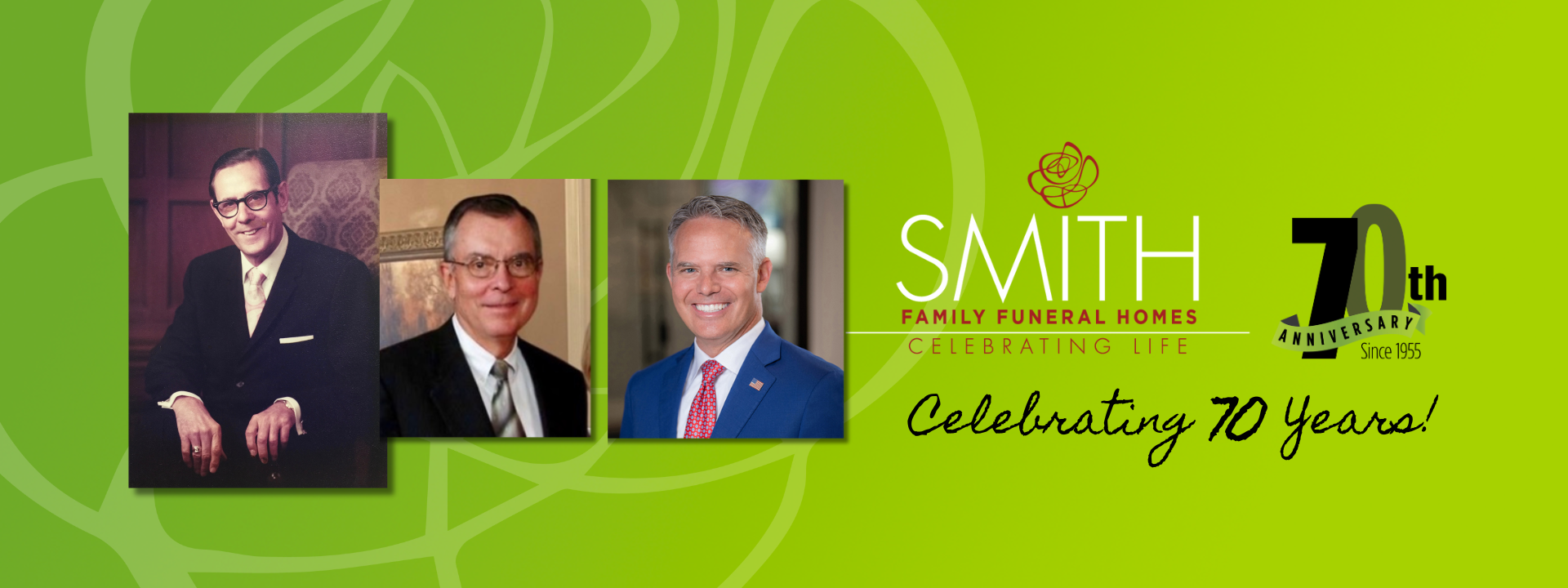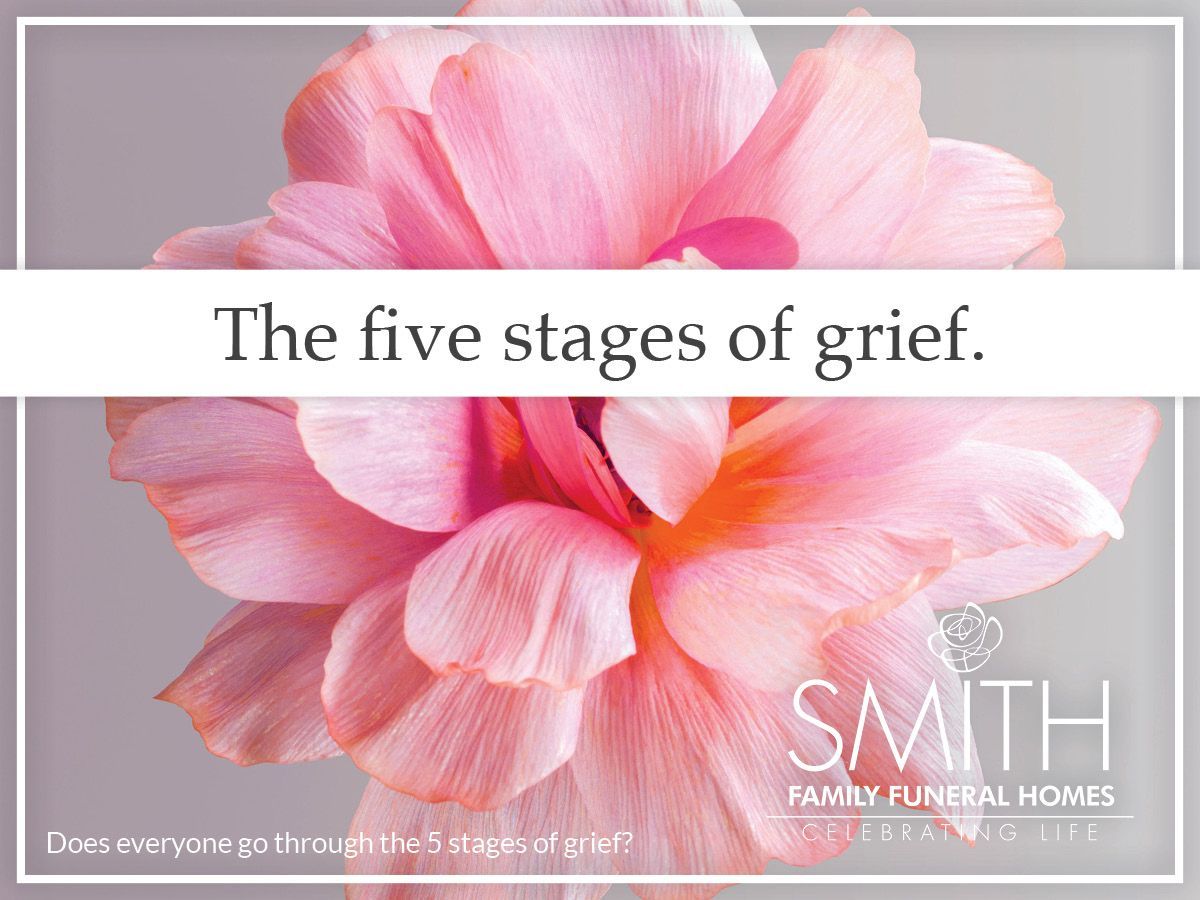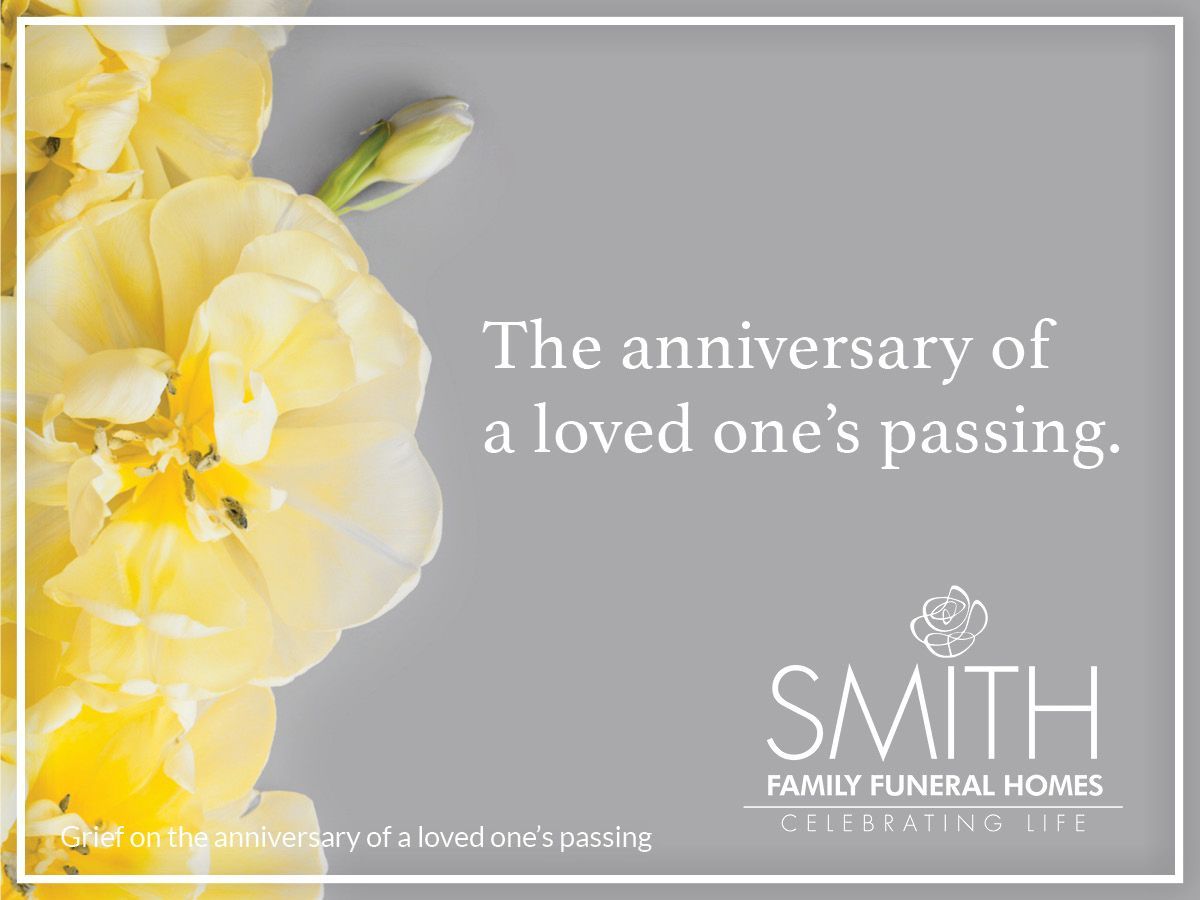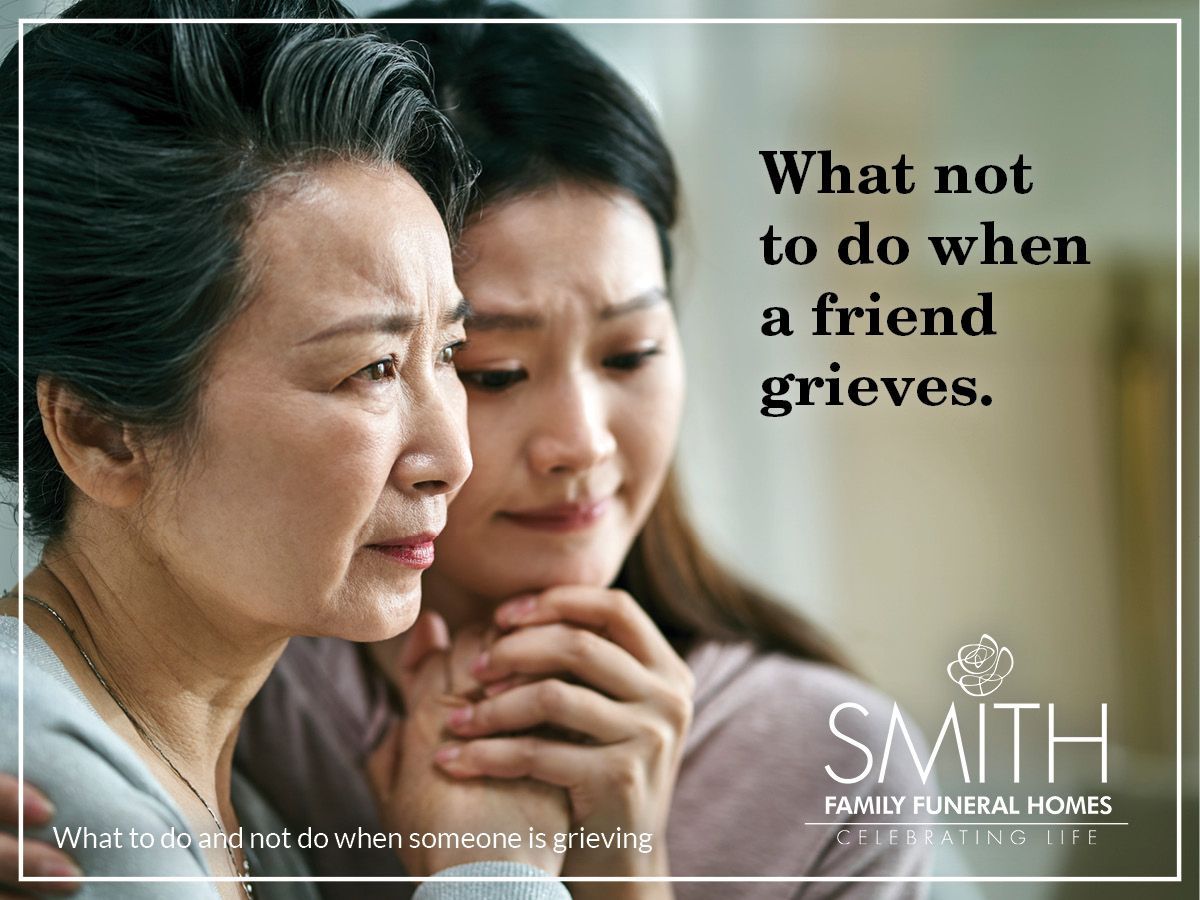
History of Hearses: What Makes a Hearse Different from a Normal Car?
A hearse is a chariot that carries a loved one between their funeral and their final resting place. It’s a crucial component of a funeral home’s service. After all, anyone would want their loved one to have a dignified ride during an event meant to celebrate their life. But how did today’s hearses come to be? What we think of as hearses nowadays isn’t the first kind of hearse. Hearses come with centuries worth of history.
How were the hearses of today invented?
In the 17th century, people began referring to horse-drawn carriages used to transport the deceased as hearses. Still, it wasn’t until the early 20th century that hearses, or funeral coaches, were created as we know them today. The first vehicles were actually electric, but in 1909, undertaker H.D. Ludlow commissioned a gas-powered hearse that had the body of a horse-drawn carriage and the chassis, or base frame, of a bus, which became the preferred form of a hearse, thereby replacing the electric models.
However, because horse-drawn hearses were still available and significantly less costly, most people of average means chose to continue using those instead. But funeral directors quickly realized that they could use those gas-powered hearses several times per day because of how much faster they were than the horse-drawn ones. By the 1920s, gas-powered hearses had become more cost-effective, and horse-drawn hearses were made obsolete.
Although more companies began to manufacture gas-powered hearses in this style, starting with Crane and Breed Company of Cincinnati, Sayers & Scovill, also based in Ohio, introduced a landau-style hearse in 1925. This type of funeral coach, which looked more like a limousine, became more popular than the boxier older models and is more closely related to the hearses we know today.
When it comes to how hearses are made, you might expect that the big car-manufacturing companies just have divisions for funeral coaches. However, there’s no such thing as a factory that builds hearses from scratch. Instead, a third-party manufacturer purchases an existing vehicle and customizes it. Most of the hearses we see today are made from Cadillacs and Lincolns.
What makes a hearse different from a car?
If hearses are made from Cadillacs and Lincolns, they certainly have to undergo a transformation to be able to be used by funeral homes. To start, the car is cut in half and fitted into a larger, lower sitting chassis. This is crucial to building a hearse because it needs to be low enough for a casket to be lifted in and long enough for it to sit comfortably with enough space. From there, a fiberglass shell is built to connect the cut-apart vehicle ends. Then the electrical and fluid lines are attached. The vehicle now resembles the hearse as we know it, but some pieces still need to be added to make it a functional hearse.
An extended platform with rollers is placed in the back of the vehicles, which allows the casket to roll in and out of the car. But to keep the casket from sliding around, bier pin plates are added to secure it. To keep some privacy in the hearse, drapes that run the length of the back windows are put up.
When you see a hearse on the street, know that there was great care in turning that vehicle from a simple car into something befitting of carrying many people’s loved ones on their final journeys. Today’s hearses might not look like they did in the 17th century, but they do provide the same service of ushering loved ones to their final resting places. It’s a service funeral homes are proud to provide, which is why it’s so crucial that the vehicle is befitting the importance of the event.
Smith Family Funeral Homes provides quality funeral, memorial and cremation services to the families of Central Arkansas. Their six locations can be found in Little Rock, North Little Rock, Westbrook, Sherwood, Benton and Arkadelphia. With a privately-owned crematory operated by licensed professionals, Smith Family Funeral Homes can guarantee their high standard of care throughout the cremation process. To learn more, visit smithfamilycares.com.













